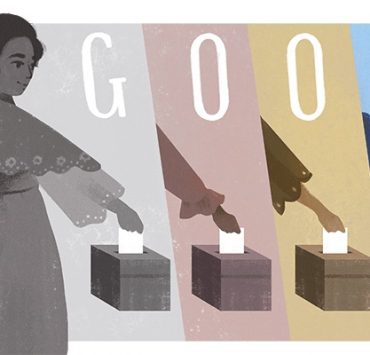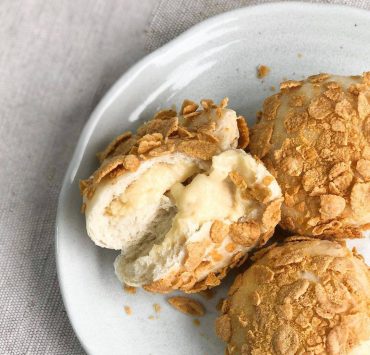“[H]istorians have paid little or no attention to the position of women with respect to the revolution,” wrote a historical scholar in 1998. The author Christine Doran’s theory is that while historical writing at that time started to recognize the role of the working class and peasants, as well as indigenous peoples in the revolution, women’s contributions remain widely unknown.
Sure, we know Melchora Aquino, the “mother of the revolution” or even Gabriela Silang, the military leader who led the uprising against the Spaniards up north, but they are but grains of sand on a beach of female historical figures.
[READ: Women in Philippine history you should know about]Doran argued, “When women’s active participation in the revolution is not denied altogether, then it is usually restricted to a supportive, auxiliary status or domesticated, in the sense of being linked to women’s traditional domestic functions of feeding, cleaning for, tending the sick-bed of, and giving care and moral support to the active men.” This might explain why we know of more mothers or Florence Nightingale types in history than active autonomous agents of the insurrection — not that there’s a binary that dictates women either take up arms or become nurturing matriarchs. As Doran concluded, women performed a wide variety of roles during the revolution — as messengers, nurses, sentinels, soldiers, mothers, provisioners, fundraisers, spies, strategists, and so on.
Every March, National Women’s Month is observed, specifically with a week-long celebration on the first week and a day dedicated to women on the 8th. The same proclamation that decreed Mar. 8 as Women’s Rights and International Peace Day, however, also provided for the observance of Women’s Role in History Month the whole of March.
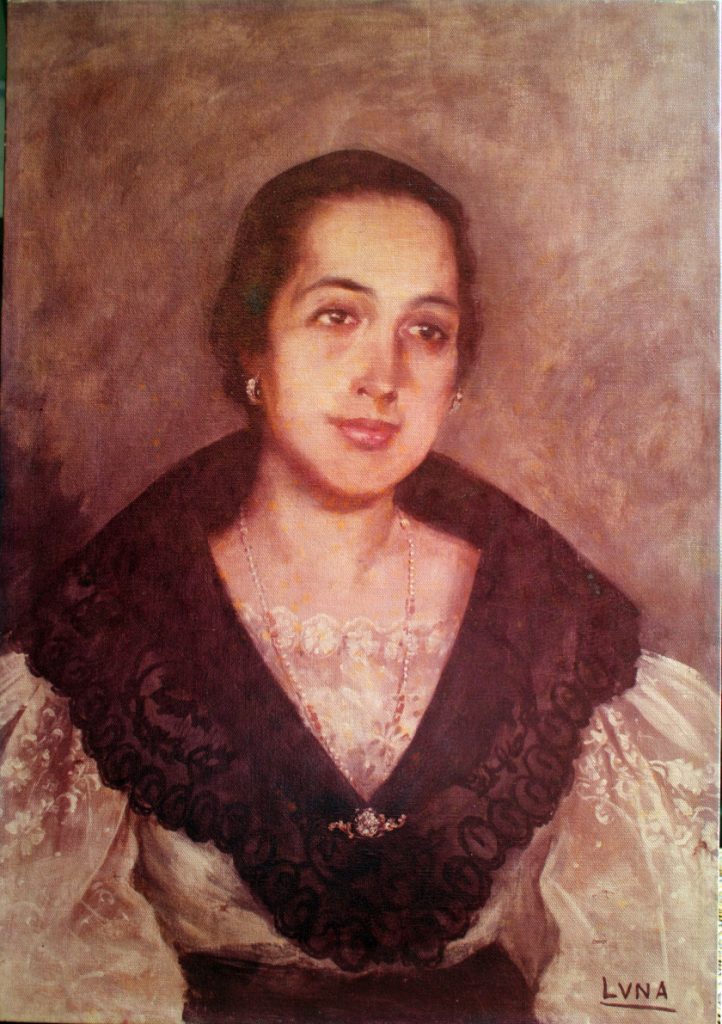
Speaking of a woman whose outsized role in history is often overlooked, a new illustrated biography written by Los Angeles-based social worker Maxie Villavicencio Pulliam hits the shelves in the US. If her middle name sounds familiar, it’s because she’s the great-great-granddaughter of Gliceria Marella de Villavicencio, the Taal native who is best known for helping financially support the Philippine revolution.
In 2019, we wrote about Villavicencio after a visit to Taal, where we came face to face with her burst prominently displayed along a street named after her.
[READ: Gliceria Marella-Villavicencio: A revolutionary figure you’ve probably never heard of]Aling Eriang, as she is lovingly known among her friends and family, was born on May 13, 1852. She and her husband are known supporters of the revolution, oftentimes designating their home as the secret meeting place for the likes of Andres Bonifacio. According to the Villavicencio family, Bonifacio disguised himself as a cock fighter when visiting Casa Villavicencio for these meetings. “There were times when Bonifacio had to hide in the basement while the Spanish colonial authorities raided Casa Villavicencio to look for him,” Villavicencio Pulliam said.
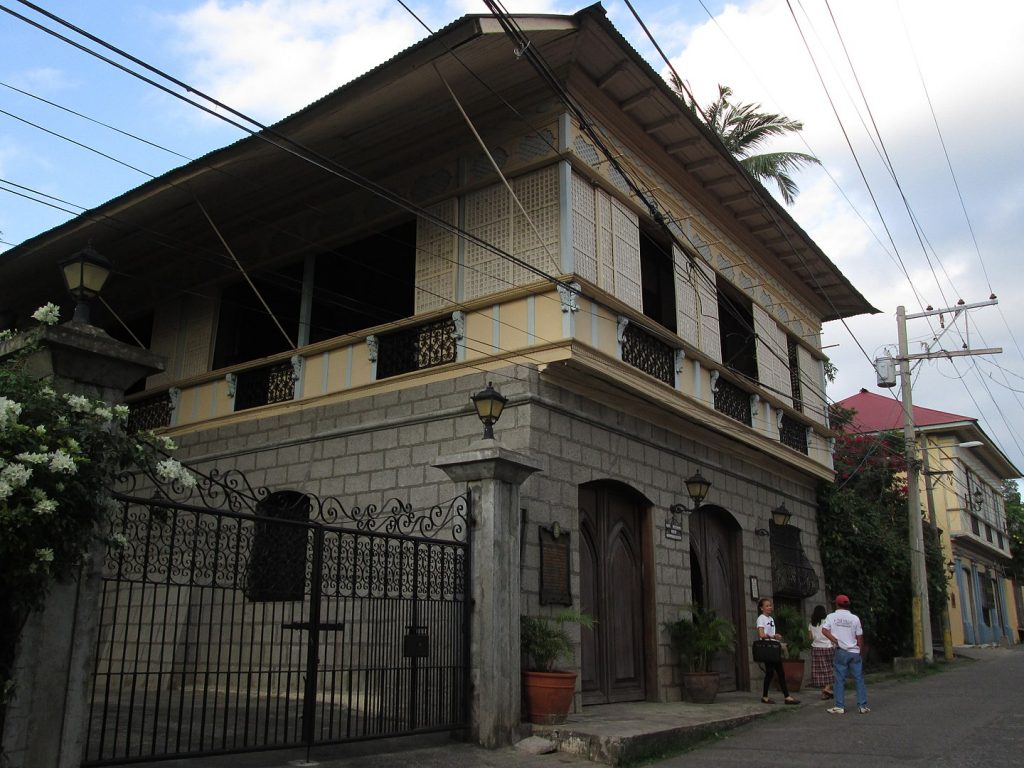
Her greatest known contribution is donating the first warship of the revolutionaries called the SS Bulusan, the steamboat used to transport armaments, food supplies, and ammunition, as well as Filipino soldiers to Visayas.
But other than financial support, Marella de Villavicencio, unknown to many, wrote letters to the revolutionaries to boost their morale. “Her letters to the revolutionary forces were so powerful,” Villavicencio Pulliam said. Some of them fill the pages of the book that is already available via Amazon. “One of my favorite quotes of hers that didn’t make it in the book was in a letter that she wrote to General Marasigan: ‘Nevertheless, I am not afraid. I feel that God encourages me and tells me, ‘Advance, do not stop. I shall not abandon you. Go save your country.’”
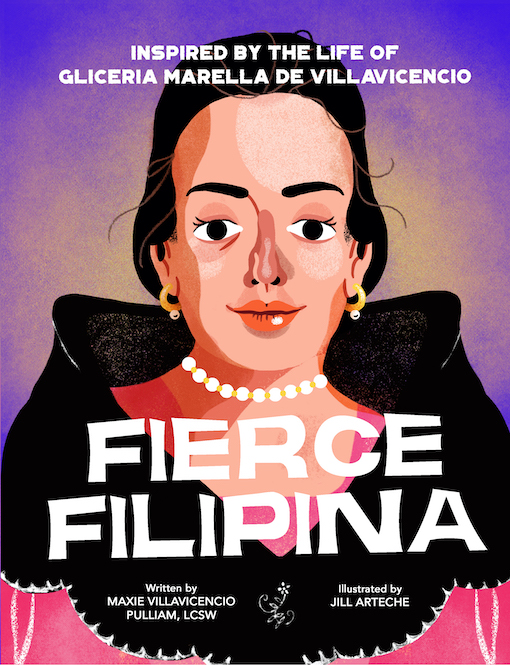
In this interview, we talked to Villavicencio Pulliam about discovering Manila-based Filipino illustrator Jill Arteche, who reimagined Marella de Villavicencio’s life in full-color, and reintroducing a forgotten Filipino revolutionary figure abroad amid the rise of anti-Asian violence.
Tell us how this project came about. We hear this is published independently?
Maxie Villavicencio Pulliam: The inspiration for this book started back in January 2020 after the Taal Volcano eruption. With my family’s ancestral homes in Taal, Casa Villavicencio and the Villavicencio Wedding Gift House, it was important for us to do what we could to bring disaster relief to those who were affected and displaced. I was able to raise almost $5,000 in one week through the generosity of my Facebook friends and Instagram followers. The money was used to purchase hygiene products, non-perishable food, diapers, formula and other necessities. I flew to the Philippines one month later to participate in the distribution of goods. I met a lot of children and families while I was there. I had the best time with them!
I later realized that the families of Taal often walk by my great-great-grandmother Gliceria’s homes, monument and the main road that bears her name, but they likely do not know what she did for the Philippines (the only two books that were published about her are now out of print). I very much wanted the kids and adults of Taal to know how much my great-great-grandmother loved them.
I wrote this book with the people of Taal in my heart. And it’s an illustrated biography so that children and their parents can enjoy the book together, although the book has been enjoyed by single adults, too.
And yes! I opted to self-publish after receiving declinations from literary agents here in the States and two publishing houses in the Philippines. Going the self-publishing route ended up being in the best interest of my great-great-grandmother’s legacy as I was able to have full control of the entire process and ask Jill [Arteche] to be our illustrator!
Can you tell us a bit about how you and Jill connected across the Atlantic?
Villavicencio Pulliam: Since our book was going to be called, “Fierce Filipina,” it only made sense to find an illustrator who could live up to the title. So I literally Googled, “Filipina illustrators” and found Jill’s work through an article. I saw her art and I was hooked. I had found “the one!” I followed Jill on Instagram, emailed her and the rest is history.
If I may, I’d also like to pause here and tell you how wonderful Jill is. On top of her talent, she is kind, patient and a consummate professional. Plus she laughs at my jokes during our Zoom meetings. Who wouldn’t love that?
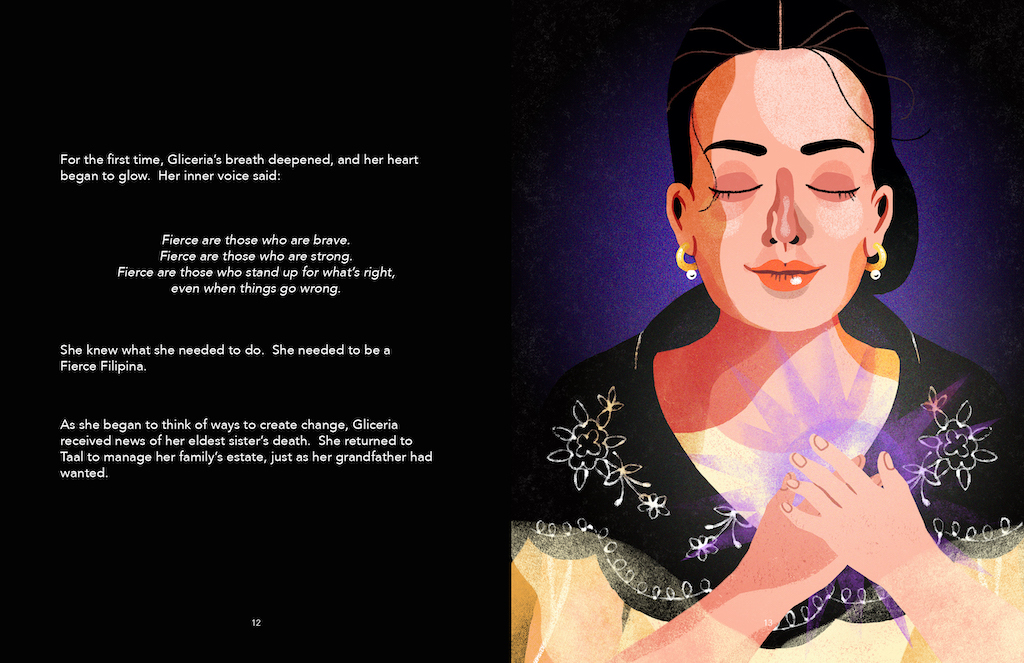
Jill Arteche: I began to take part in the project when Maxie approached me through email last September. When I read the draft manuscript along with her vision for the book, I immediately knew that I wanted to help her bring Gliceria’s story to life! With Gliceria’s beauty, grace and strength, it was clear from the beginning that her story was one that would uplift and bring inspiration to many.
And I admire Maxie for pursuing this route! Her commitment as an independent publisher shone through the entire process as she was very hands-on from start to finish. Many emails and Zoom calls after, I do believe that the entire Fierce Filipina team was able to go above and beyond in producing such an overall strong book!
Jill, how was it like working on this historical project? Your style is centered around Filipino themes and embracing almost Botero-like shapely women along with some contemporary cultural figures. What kind of research went into this work and what were your references?
Arteche: As a Filipina, it was such a joy to be able to share another Filipina’s courageous story to the world. In line with her story, we wanted its overall look and feel to be bold, colorful, and striking. My most favorite part of the project would have to be creating Gliceria’s character, which we based on research and her portrait found at the Wedding Gift House. We made sure to take note of the details that would distinguish her as Gliceria such as her light skin, mestiza features, gold hoop earrings, as well as her black alampay or shawl. I was particularly challenged with translating her beauty into my style, but I’m relieved it all worked out!
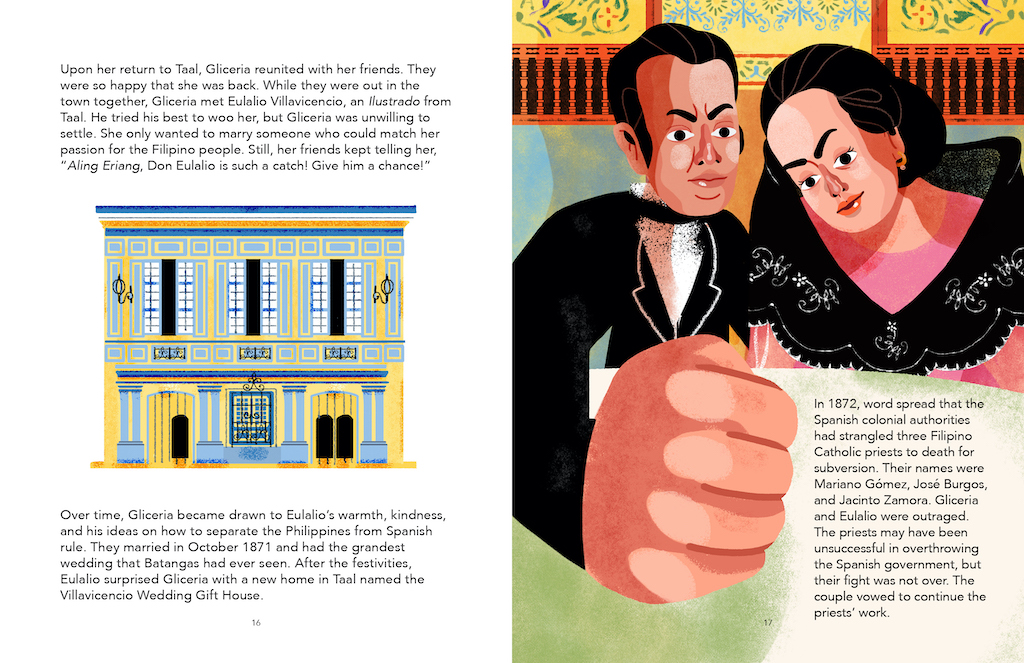
On my end, research and references were most necessary when it came to fashion and clothing. I had gathered portraits of Filipina women from the late 1800s, portraits of our national heroes, as well as historical paintings by Fernando Amorsolo and Carlos Botong Francisco, which I used as references for the characters’ clothing. It was also interesting to know the different uniforms our soldiers wore over time. However, what really caught my eye was the beautiful hand-embroidered work done on Filipino clothing that I enjoyed doing on Gliceria’s alampay. As much as I already knew this part of our history and culture, it made me appreciate it a little bit more!
You juxtaposed the current wave of Anti-Asian violence in this project’s promotion and how it can be used to spread awareness towards Filipino strength as well as the fight against Asian American Pacific Islanders. Was that part of your advocacy when you were initially planning this book and why it is only available for now in the US?
Villavicencio Pulliam: I had always recognized Gliceria’s story as timeless and relevant to today’s social issues, including the significant increase of hate crimes against Asian Americans. So regardless of what injustice is taking place, the book serves as a call to action to stand up and do the right thing.
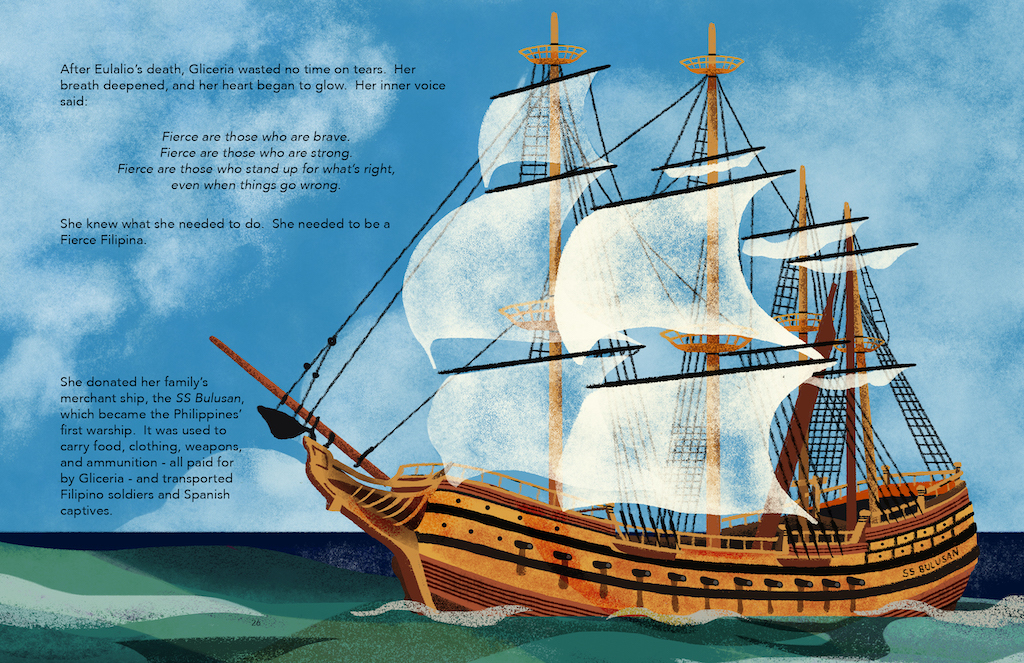
I wanted to write something catchy for readers to remember whenever they are confronted with a difficult situation. So, in the book, Gliceria’s mantra is:
Fierce are those who are brave.
Fierce are those who are strong.
Fierce are those who stand up for what’s right,
even when things go wrong.
And the reason why the book is only sold right now in the US, Canada and some European countries is because we are using the Amazon platform. I am presently working to get the book in the Philippines, starting with Taal.
In the Philippines, how is distribution being planned out? Are you partnering with a local publisher or generally shipping out copies on your own? When is this expected to come out locally?
Villavicencio Pulliam: I have begun discussions with people in the Philippines. Nothing has been solidified yet, so please cross your fingers for us. We want you all to have the book ASAP!

